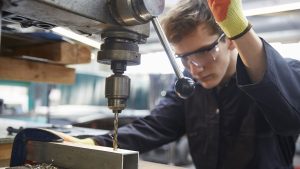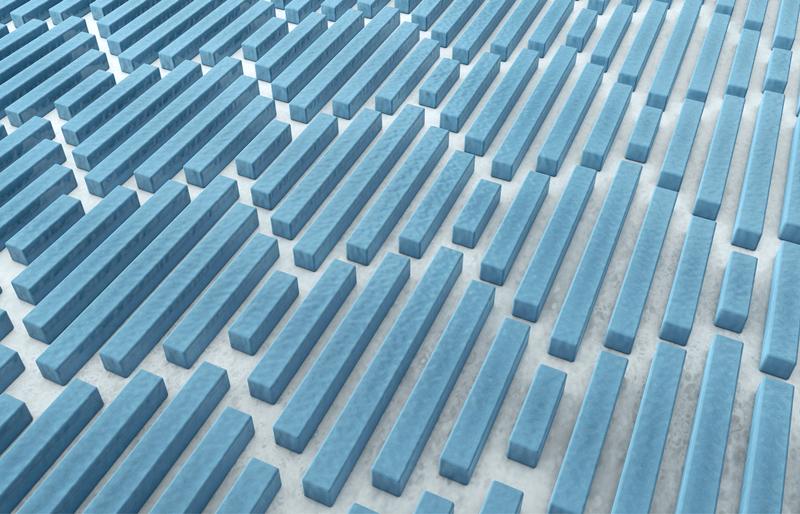

The surface of an object is one of its most important characteristics and can very often define the performance of the object as a whole: whether the object grips for traction, slides smoothly in motion, repels water for hygiene, or cleanly focusses starlight. Surface topography – the local shape/form/geometry and texture/finish of a surface – is usually critical to engineered part performance and has been the focus of a long history of measurement and study.
This course will introduce learners to the measurement, analysis and characterisation of surface topography, and the role of calibration and standards.
Learners who successfully complete the course will receive an NPL Certificate of Completion.